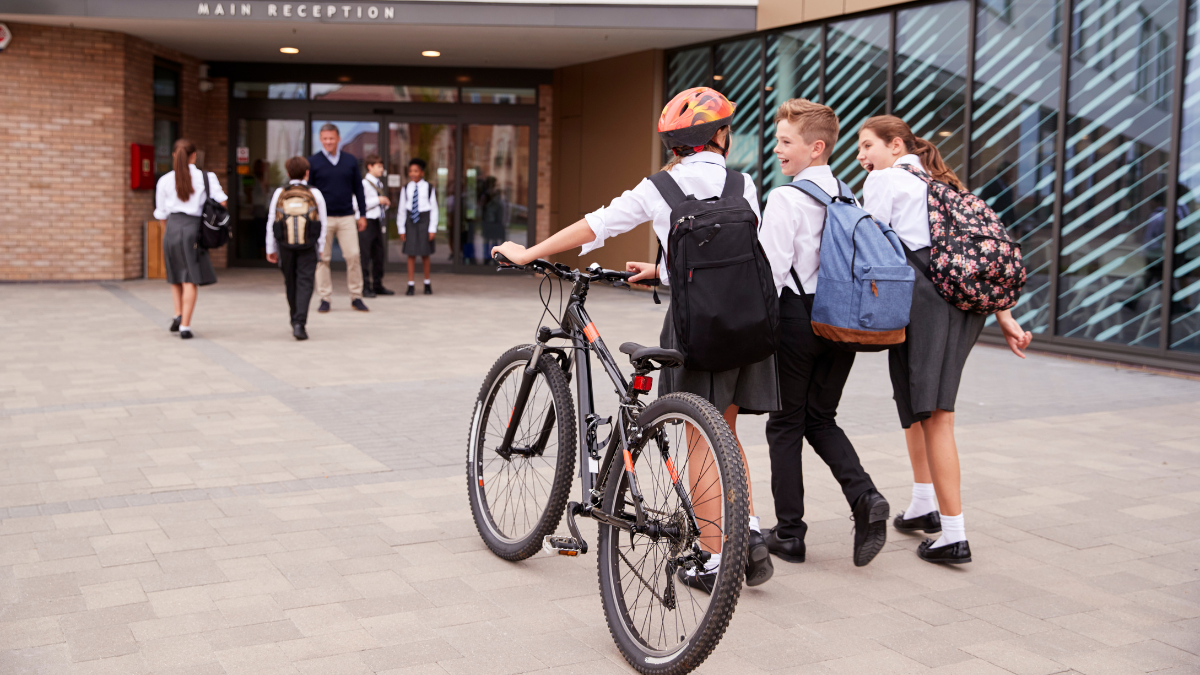Daily dusting, larger classrooms, and mechanical ventilation could protect children’s lungs at school, according to a major new study
There are significant variations in air quality across London classrooms, according to a new study from the University of Surrey.

Sixty classrooms across ten schools in the capital took part in the research.
Scientists from Surrey's Global Centre for Clean Air Research (GCARE) measured pollution, humidity, temperature and carbon dioxide levels.
Previous studies focus on just one school or a single environmental factor. By studying a range of variables in 60 classrooms across 10 London schools, this major new study could spot patterns that could be of value to schools everywhere.
Significantly, while opening the windows could reduce air pollution, PM10 particle pollution was reduced by a further 30% when this natural ventilation was combined with mechanical ventilation – through ducts, vents and fans.
Classrooms with hardwood floors had twice as much PM10 pollution in the air than carpeted rooms. Daily sweeping could improve this, however.

Larger classrooms appeared to be better ventilated than smaller ones. Crucially, where schools were near busy roads, classrooms on upper floors or further from the roads had less fine particle pollution. Schools should consider moving classes with more vulnerable children accordingly.
The study is published in the Journal of Building Engineering. It was made possible by funding from the EPSRC’s COTRACE/SAMHE project (EP/W001411/1)
Related sustainable development goals



Share what you've read?
Featured Academics
Media Contacts
External Communications and PR team
Phone: +44 (0)1483 684380 / 688914 / 684378
Email: mediarelations@surrey.ac.uk
Out of hours: +44 (0)7773 479911



